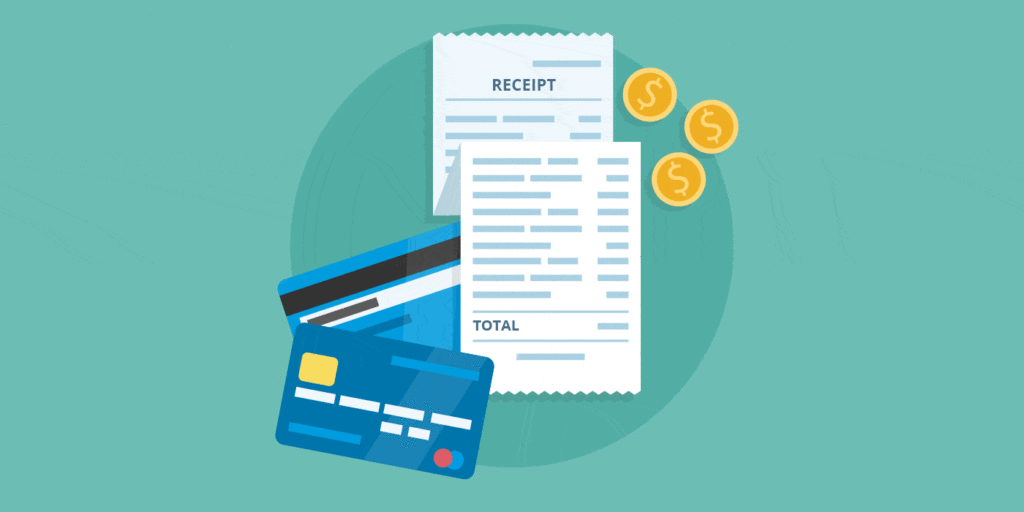Have you ever stopped to consider the total cost of ownership (TCO) for your current, or next, IT service desk tool and the all-in IT service management (ITSM) costs? Not just the costs of buying the software licenses (usually for an on-premises tool), or the monthly software-as-a-service (SaaS) subscription costs, but the all-in costs of what it takes to make the tool “fit for purpose” and to maintain this over time.
This article looks at the “other” costs that are easily overlooked when comparing IT service desk tools and makes suggestions as to how these can be minimized.
The Service Desk Tool Licensing Costs
It’s the obvious cost, but even before considering the other costs incurred (by operating a service desk tool) there are aspects of the tool costs to consider.
Firstly, there’s “right-sizing” in terms of capabilities. This is ensuring that you’re only paying for what you need both now and in the future. Think of it as the unit cost of one person using the service desk tool irrespective of how many people will eventually be using it (although there will no doubt be price variations related to volumes and maybe concurrent licensing options).
The important thing here is to ensure that your company is only paying for what it needs and not wasting money on unwanted, and unused, capabilities. Plus, there might be additional operational costs associated with the unnecessary tool complexity.
Secondly, there’s the tool pricing structure. Think of it as the reverse of the first point, in that there might be some core capabilities but then there are additional capabilities that come at an extra cost – chargeable optional extras. Now this might be fine for your organization if you don’t, and never will, need them. But if you do, and this might be a year down the line, then these costs need to be factored in when comparing the TCO of different tools.
The important thing here is to understand how tool charging works and what additional costs, if any, will be invoked over and above the “sticker price.”
Thirdly, there’s the costs associated with the tool delivery model (or payment model). In that, when comparing on-premises and SaaS tools, there’s definitely the need to look at the wider TCO differences. For instance, with on-premises, there are the perpetual license costs (although subscription-like options might also be available for on-premises tools), the total infrastructure costs for hosting and delivering the tool, and the vendor’s annual support and maintenance costs (which includes access to new releases and fixes). Then there are also additional people costs but these are covered shortly. Whereas, with the SaaS delivery model, there’s a single cost to pay each month or year to use the service that includes most of the aforementioned cost types.
The important thing here is to understand which delivery model ideally works best for you, and this could be related to the delivery model itself rather than the TCO. For instance, your organization might have a “cloud-first” strategy in place with the cost, while important, secondary to this.
The Service Desk Tool “Go Live” Costs
Getting an IT service desk tool to the point of usability will depend on both the customer needs and the complexity of the tool in question. And it’s something that might need to be repeated over time as new releases are adopted.
Starting with the initial tool implementation, there are a variety of costs to consider, in the tool TCO, including:
- The “physical” installation costs of an on-premises tool (this should be minimal for a SaaS).
- The setup of the tool in terms of the capabilities that will be used and aspects such as who has access to each of these.
- The configuration of the selected capabilities, for instance making the incident management process aligned with the organization’s exact wants and needs. This might not just be tool-administration effort but also the use of costly third-parties to design the required processes.
- Customizations that extend the tool’s out-of-the-box capabilities to better suit your organization’s needs. This might be something that existing staff can do; but it might need the hiring of new staff or the engagement of more-costly, third-party resources.
- Integrations with other IT and business systems – either through the use of existing (vendor-available) tool integrations or the use of often more-costly bespoke creation resources.
The important thing here is to understand how much it will cost, in addition to the licensing costs, to make the new service desk tool “ready for use.” These things can often be the hidden costs of the service desk tool TCO and can make a big difference when considered in the tool-selection decision process.
Then there are the costs associated with upgrades. And the ease with which upgrades occur will make a big difference – from the effort involved to the associated costs. This isn’t just the “switch over” between versions but potentially also ensuring that everything that worked prior to the upgrade still works. The real costs here – if relevant to your tool – will be in the effort required to keep those things working.
The important thing here is thus to ascertain, ideally from other tool-vendor customers, how easy or difficult the tool upgrade process is. This needs to cover not only the tool but also any customer customizations and the integrations with other IT and business systems.
The People Costs
Some of these costs have already been mentioned above but it’s worth keeping them separate to fully understand how they add to the overall IT service desk tool TCO.
There are of course a variety of costs involved in implementing, running, maintaining, and using the service desk tool. The tool itself will influence all of these, for example:
- Implementation costs – this is the level of resources, including the costs of third-party consultants, involved in making the service desk tool “use-ready.” Ideally, while it will be unlikely that a new service desk needs no changes (with configuration needed as a minimum), these resources should be minimized without adversely affecting the capabilities of the delivered service desk tool. The tool selection process should definitely take account of the required implementation efforts and costs.
- Running costs (including maintenance) – this will differ between on-premises and SaaS tools, where the technology maintenance is part of the subscription, but it will also differ between tools per se. Factors such as the ongoing need for customizations, and the management of existing customizations, will also need to be included in the TCO.
- Training costs – dependent on the tool and its ease of use, there will be different groups of people who need training and perhaps even tool-related certifications. This will include the service desk agents and other IT users, management-level personnel, tool administrators (including those that affect customizations), and end users (for instance, in the case of self-service capabilities). Ideally, the service desk tool should make it easy for all users to intuitively know how things work and thus minimize the reliance on training.
- Retraining costs – after the initial training there will be a need for, and therefore a cost related to, additional training. This could be refresher training, the training of new staff, or training that relates to upgrade-based changes and the introduction of new capabilities.
- Upgrade costs – this is a reoccurring activity and cost that needs to be understood and factored into both the TCO and the tool selection process. Not only is this the effort of changing the technology and ensuring that everything still works, there’s also the knock-on effect relative to training.
- Day-to-day use costs – the people costs associated with using a tool will most likely far outweigh the technology costs. Thus, understanding how different tools will save time and money is an important part of weighing up different service desk tools. This cost might not be included in the tool TCO itself, but it could strongly influence a purchasing decision.
The Additional Longer-Term Costs
As an extension of the last bullet, a final people cost that shouldn’t be ignored is the tradeoff between taking a short-term saving on the tool cost versus the adverse operational impact that it might bring.
For example, a certain tool requirement might be dropped in order to meet a licensing price point – which is understandable. However, the long-term effect – and opportunity cost – of the dropped functionality is far greater than the licensing saving, i.e. people need to work longer/harder and activities are delayed (with a business-level cost).
The important thing here is to understand where potentially avoidable people costs can be eliminated through what are often marketed as ease-of-use capabilities – from the ease of implementation and upgrade to the ease of use by both IT staff and end users. But remember that there’s also an important tradeoff between short-term cost “wins” and long-terms “losses.”
In Summary
Thankfully, many of the factors that can reduce the overall TCO of an IT service desk tool also bring about other operational benefits. For example, the ability to quickly implement or upgrade a tool not only saves implementation costs, it will also shorten the “time to value” such that the tool delivers the anticipated benefits sooner. Also, factors such as ease of use, not only reduce costs associated with tool change or training, it’s also likely that they’ll speed up operational activities with an even greater financial benefit.
So, when choosing a new IT service desk tool, examine the TCO carefully – across the various licensing, go-live, people, and additional longer-term costs – to better understand how much more than the licensing costs needs to be considered. Plus, remember that while cost is important, the level of value (in simplistic terms, the benefits minus the costs) that can be realized from the tool should never be overlooked.
What do you think? Are you paying too much for your current IT service desk tool? Or are you being stifled by its limited capabilities? Please let me know in the comments.
If you liked this Service Desk Tools article, you might enjoy these other IT service desk articles.

